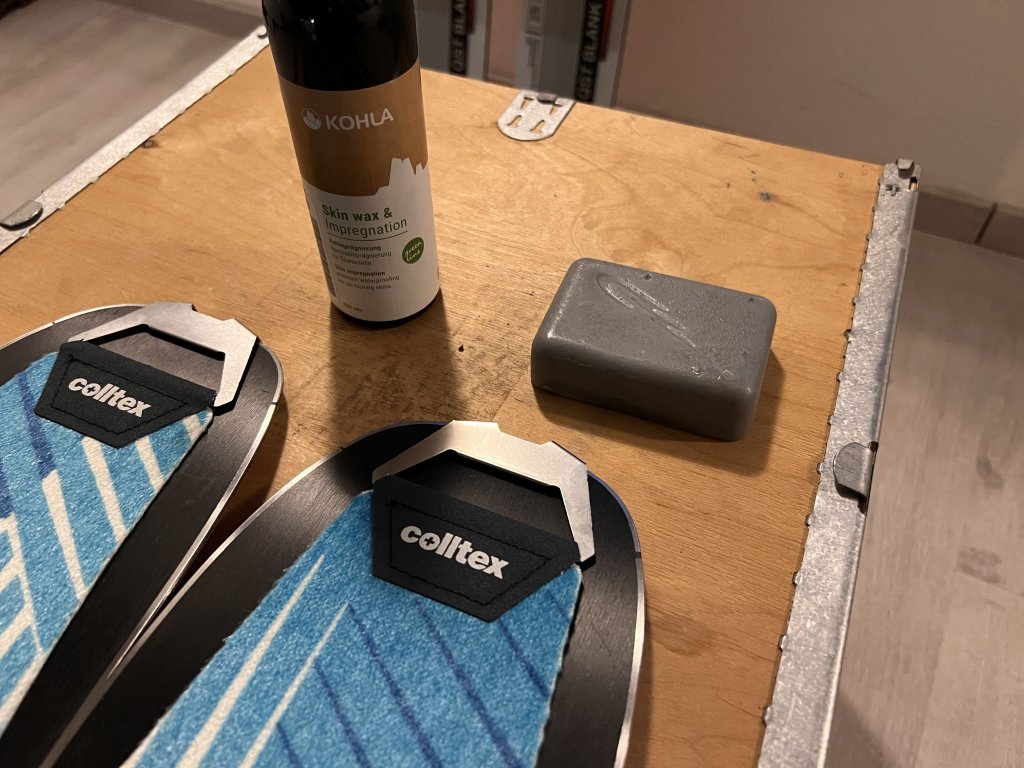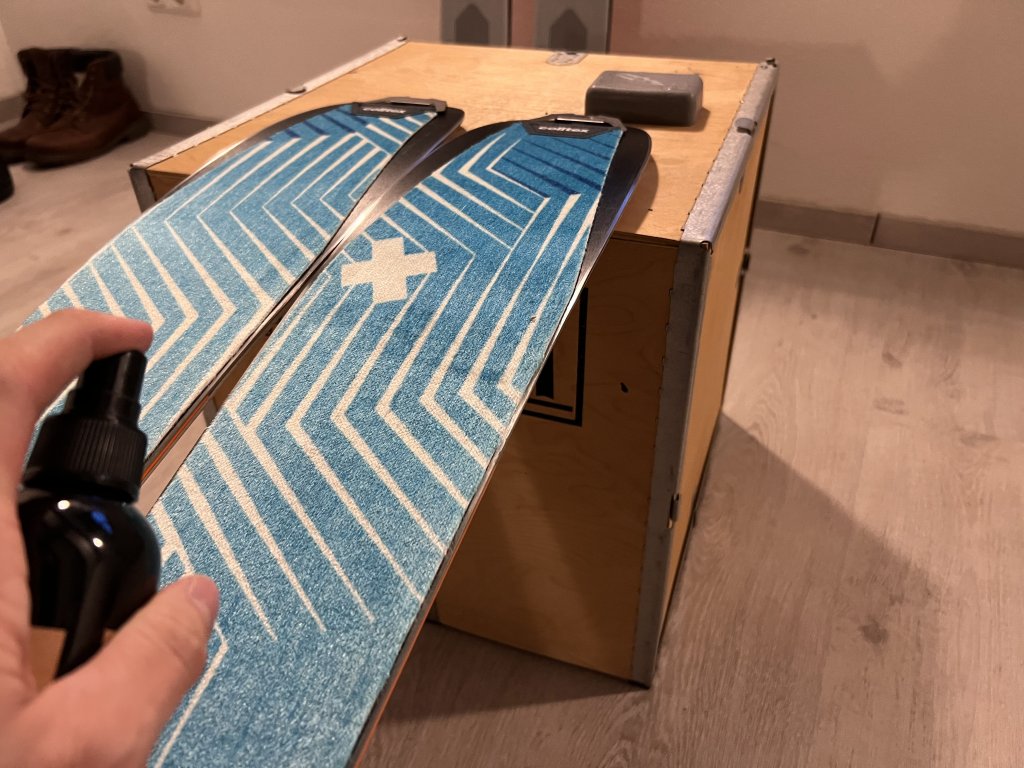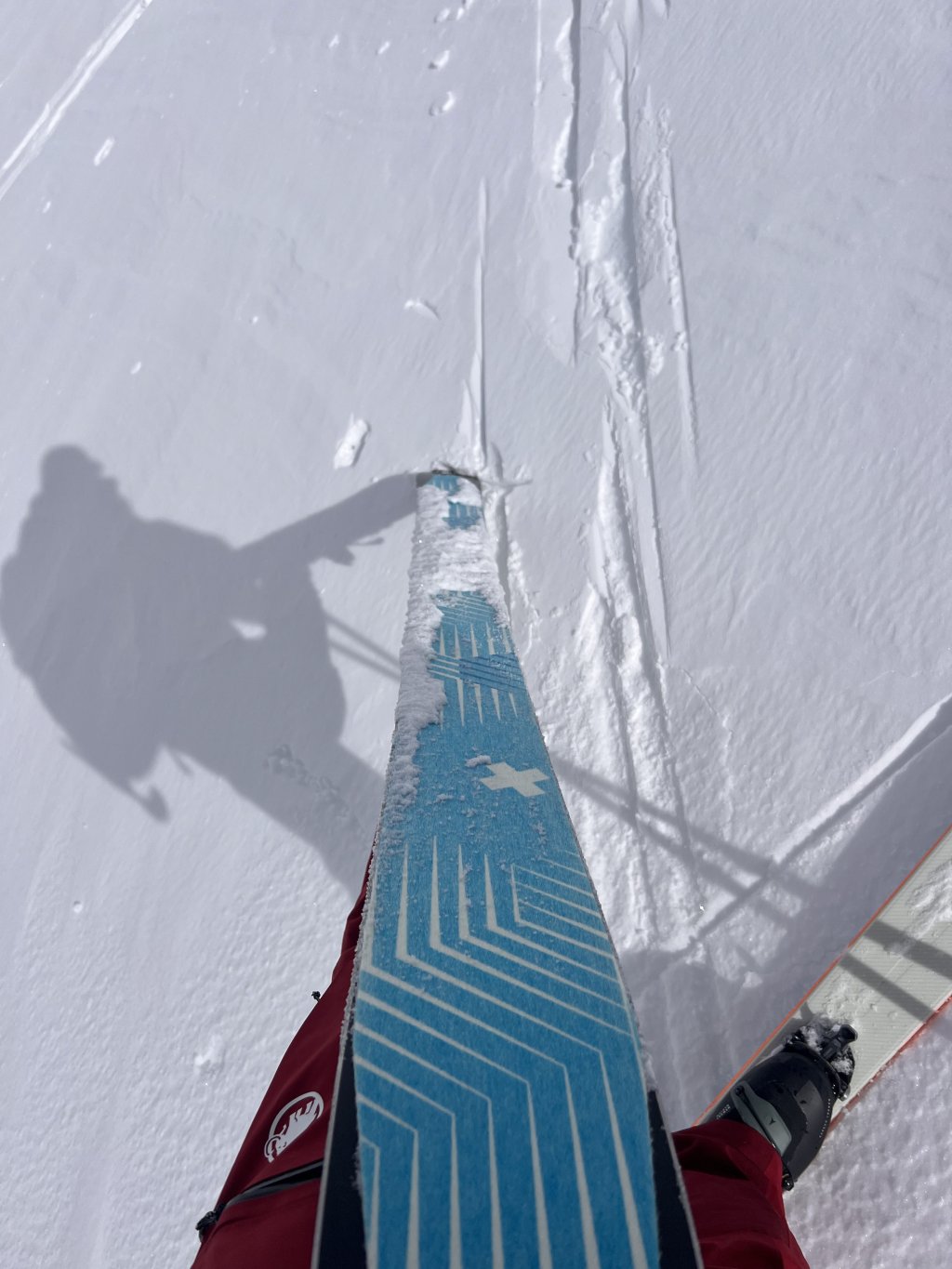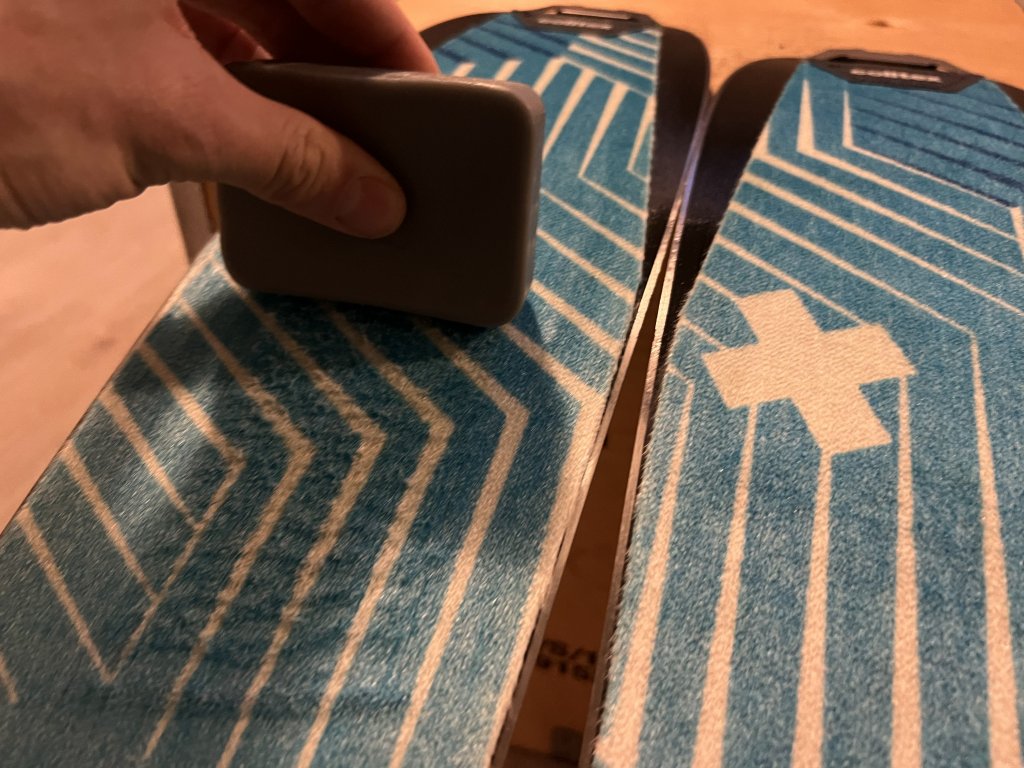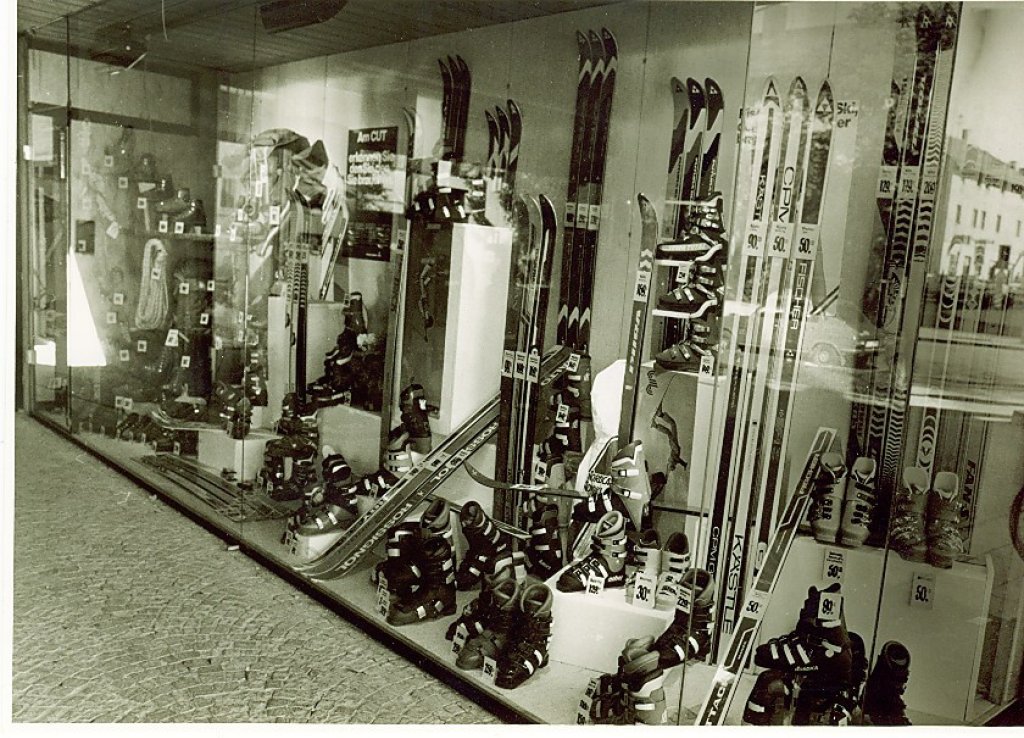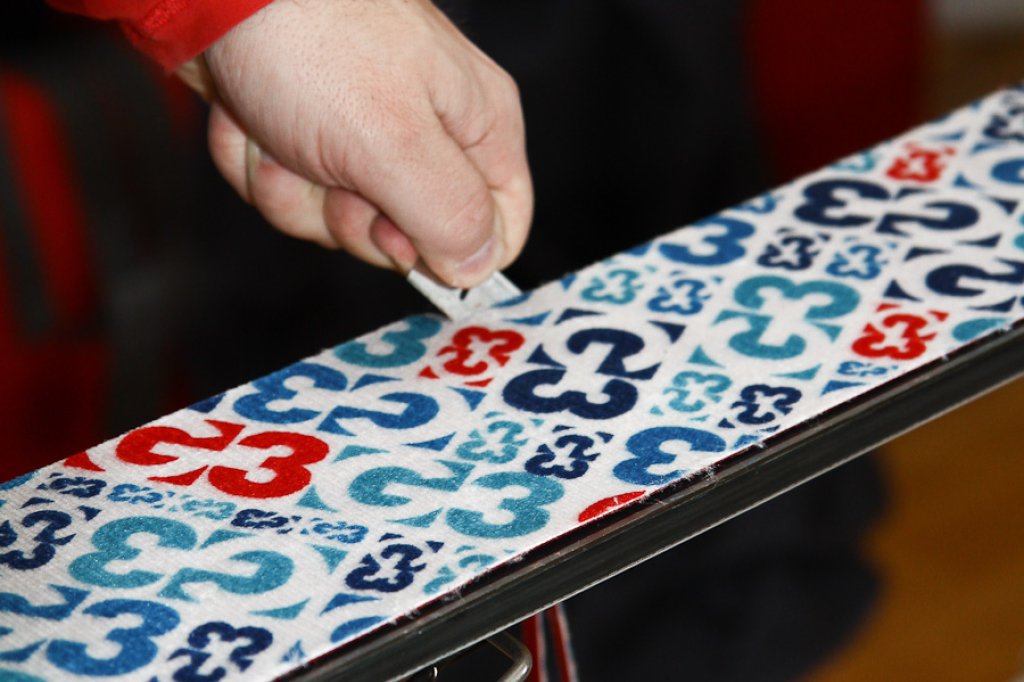Three types of skins predominate on the market: pure mohair skins (made from the hair of the mohair), pure nylon skins and mixed skins. The advantages of mohair skins are that they glide particularly well and still have good grip even in extremely cold conditions. Those who attach great importance to speed are well served with mohair skins. Unfortunately, however, they are not exactly cheap and are more susceptible to wear and tear. The synthetic version, on the other hand, is more durable but not as slippery. Mixed skins are therefore good all-rounders that combine the advantages of both types and promise good grip even in difficult snow conditions.
EquipmentCheck | Climbing skins
A brief overview
Wax spray and coat wax against stubborn coats
Apply wax spray at home before the tour
.Apply wax spray at home before the tour
.Now we come to how the climbing skins adhere to the skis. Again, a distinction can be made between three types: Adhesive skins, vacuum skins and hybrid skins. The former have been on the market for a long time. In the past, glue was also used as an adhesive, but this practice has long been outdated, mainly because of the unloved glue residue under the skis. Adhesive skins today use a special adhesive that should no longer remain on the ski. A striking feature of all types of adhesive skins is that they seem to attract dirt magnetically. Once dirt is caught on the adhesive side, it is difficult to remove. On the other hand, adhesion to the ski is usually good, even in cold conditions. In extremely cold conditions, vacuum skins can cause problems as the adhesive effect diminishes. The same applies if moisture gets between the skin and the underside of the ski. Skilful, dry handling is required here. However, the vacuum skins can be stuck together and cleaned easily, and dirt can be wiped off effortlessly. This is particularly practical when it's uncomfortable on the mountain and you need to be quick. And there is another variant that combines the advantages of both types. Hybrid skins can also be glued together for quick storage and easily separated again. They are easy to clean and also hold at very low temperatures due to the adhesive content. However, this adhesive can come loose in places if they are frequently stuck together. If you are going to stick them on and off several times, you should have a practised hand and make sure that the underside of the skin does not get wet.
Furs stollen when they get wet and snow freezes on them.
Furs stollen when they get wet and snow freezes on them.
If you go on a lot of tours, you've probably already experienced that climbing skins become clogged, i.e. snow collects under the skin. This is a phenomenon that occurs when the skin is old or wet. Stollen can really spoil a tour. The Sport Conrad tech team also has tips and tricks to avoid clogging:
They recommend applying a wax spray to the coat the day before to prevent snow from sticking to the coat. When travelling, they then recommend a block of wax as a miracle cure, which can be rubbed onto the coat to prevent it from absorbing more water and therefore also helps when it is actually already too late.
You can buy climbing skins and suitable equipment from Sport Conrad here.
The coat wax can also be applied to the coat on tour.
The coat wax can also be applied to the coat on tour.
This article has been automatically translated by DeepL with subsequent editing. If you notice any spelling or grammatical errors or if the translation has lost its meaning, please write an e-mail to the editors.
Show original (German)Related articles
-
A Ski Boot Consultation | Visit to Sport Conrad
Klara Stang • 01/04/2024Toni and I (Klara) are visiting Sport Conrad with the mission of getting advice on ski boots. We want to pass on to you, what to look out for when making a purchase. Most people are probably familiar with Sport Conrad as an online ski retailer, but it originated as a family business over 128 years ago from a specialised cobbler's shop. -
PartnerNews | The Sport Conrad story
PowderGuide • 12/01/2023Dear PowderGuide Community, today we would like to introduce you to our new partner; Sport Conrad. We are very proud of it and there is a lot to tell. Sport Conrad is the largest online ski retailer in Europe, but comes from a family business that has been convincing with its craftsmanship and advice for 128 years and has always been one step ahead of its time. -
Ski workshop | Cut & care for skins
Knut Pohl • 02/25/2012Climbing skins give real meaning to the word "free" in "freeriding". Gliding along on snow crystals only becomes truly free when you make the effort to climb up yourself and get away from the hustle and bustle of the crowds.
Comments
-
hTranslated from German.
